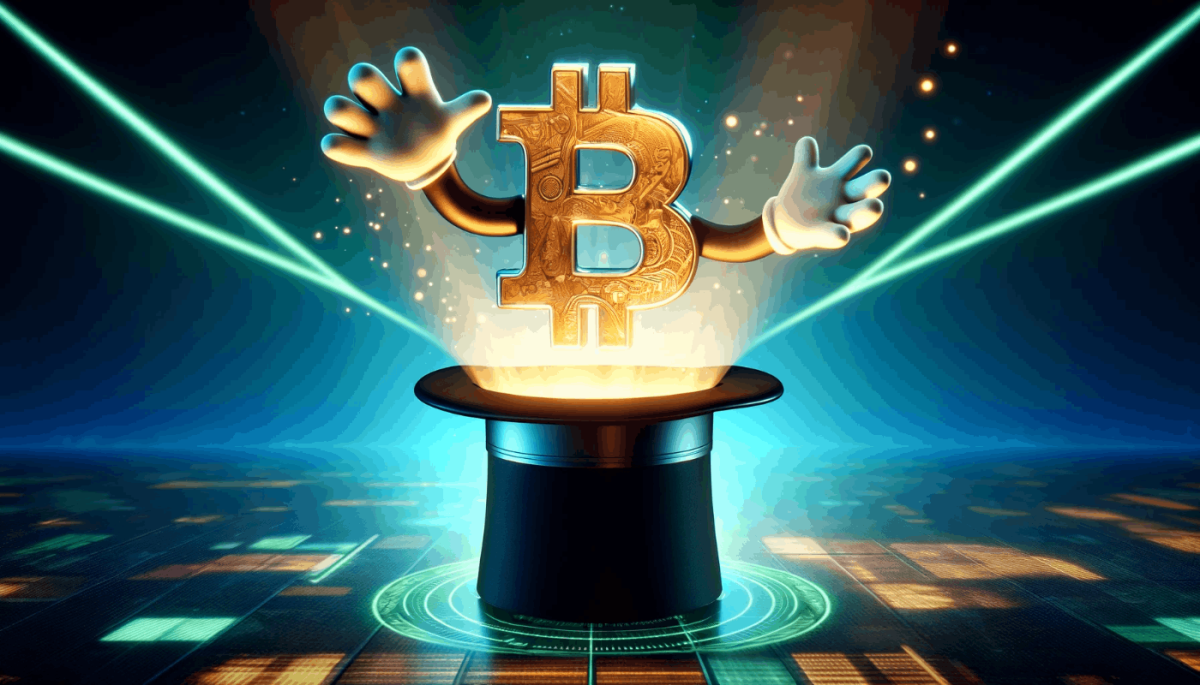This article delves into the future of Web3, examining key trends and innovations that are shaping the next generation of the internet, and their implications for the digital economy.
Points
- Overview of Web3 and its foundational principles.
- Key trends and innovations driving Web3 development.
- Implications for the digital economy and user experiences.
- Strategic insights for stakeholders in the evolving Web3 landscape.
Understanding Web3
Foundational Principles
Web3, the next iteration of the internet, is built on decentralized technologies and aims to create a more open, transparent, and user-centric digital ecosystem. Unlike Web2, which is dominated by centralized entities, Web3 leverages blockchain, decentralized applications (dApps), and smart contracts to empower users and enhance privacy and security.

Decentralization
Decentralization is at the core of Web3, enabling peer-to-peer interactions without intermediaries. This shift towards decentralization aims to reduce reliance on centralized platforms, enhance data ownership, and promote a more equitable digital environment.
Key Trends and Innovations
Decentralized Finance (DeFi)
DeFi continues to be a significant trend within Web3, offering financial services such as lending, borrowing, and trading without traditional intermediaries. The growth of DeFi platforms demonstrates the potential for decentralized finance to revolutionize the financial industry.
Non-Fungible Tokens (NFTs)
NFTs have gained substantial traction, representing unique digital assets that can be owned and traded on blockchain platforms. The rise of NFTs is transforming industries such as art, gaming, and entertainment, providing new revenue streams and ownership models.
Interoperability
Interoperability between different blockchain networks is a crucial innovation in Web3, enabling seamless interaction and data transfer across platforms. This development enhances the functionality and user experience of decentralized applications.
Layer 2 Solutions
Layer 2 solutions, such as rollups and sidechains, are addressing scalability issues in blockchain networks. These solutions enhance transaction speeds and reduce costs, making decentralized applications more accessible and efficient.
Privacy and Security Enhancements
Innovations in privacy and security are critical for Web3’s success. Technologies such as zero-knowledge proofs and secure multi-party computation are enhancing data privacy and security, fostering user trust in decentralized applications.
Implications for the Digital Economy
Enhanced User Experiences
Web3 promises to deliver more personalized and secure user experiences. Decentralized applications offer greater control over personal data and digital assets, empowering users in ways that Web2 platforms cannot.
New Economic Models
The decentralized nature of Web3 is fostering new economic models, such as tokenized incentives and decentralized autonomous organizations (DAOs). These models are reshaping how value is created, distributed, and governed within digital ecosystems.
Impact on Traditional Industries
Web3’s innovations are poised to disrupt traditional industries by introducing more transparent, efficient, and user-centric solutions. From finance to entertainment, various sectors are exploring Web3 technologies to enhance their operations and services.
Strategic Insights for Stakeholders
Embrace Innovation
Stakeholders in the digital economy should actively explore and embrace Web3 innovations. Staying ahead of technological advancements can provide a competitive edge and open up new opportunities.
Focus on User-Centric Solutions
Developing user-centric solutions that prioritize privacy, security, and decentralization will be key to success in the Web3 era. Understanding user needs and addressing pain points can drive adoption and engagement.
Foster Collaboration
Collaboration between different blockchain networks, developers, and industry players is essential for the growth of Web3. Building interoperable and scalable solutions can enhance the overall ecosystem and drive widespread adoption.

Conclusion
Web3 represents the future of the internet, characterized by decentralization, enhanced user experiences, and innovative economic models. By embracing key
